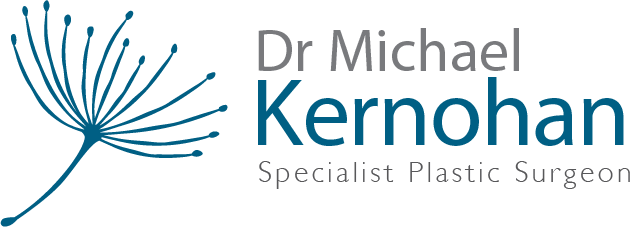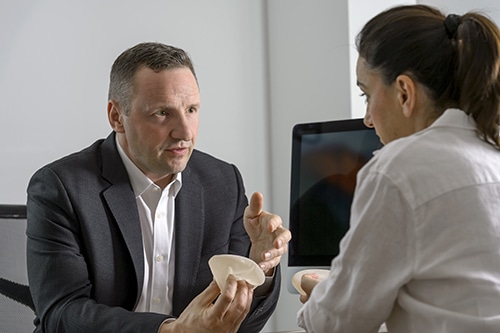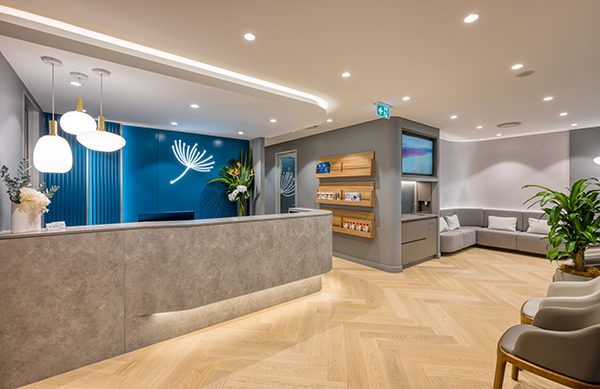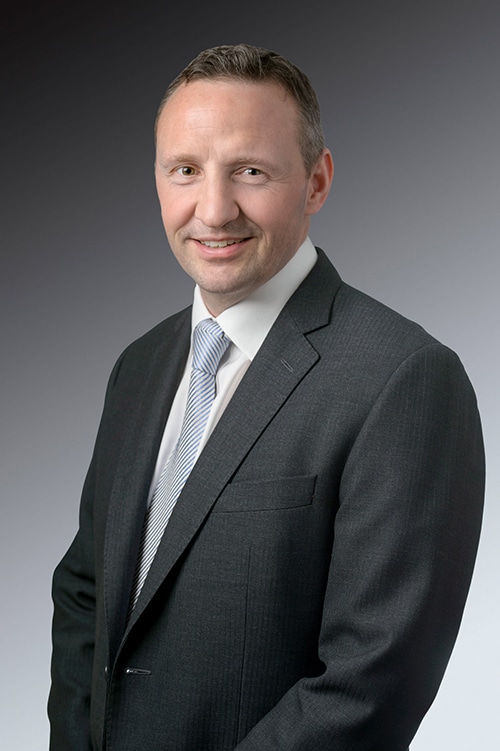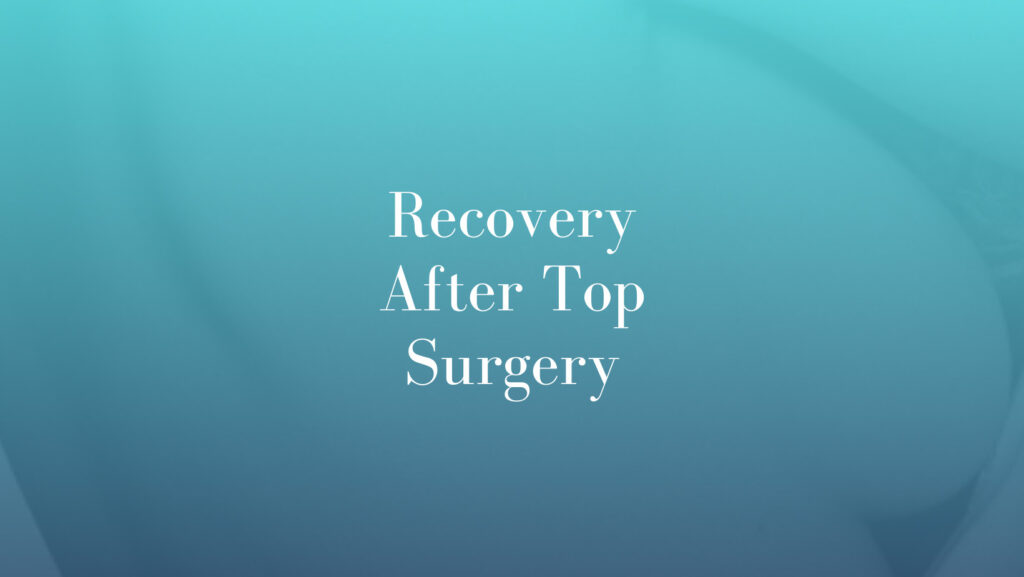
How Is the Recovery after FTM/N Top Surgery?
FTM/N top surgery is a gender-affirming procedure designed for transgender men and non-binary individuals seeking a more masculine chest appearance. The procedure involves the removal of breast tissue and the reshaping of the chest to achieve this desired outcome. In this blog we will discuss what to expect during recovery after FTM/N Top surgery.
The purpose of the surgery is multifaceted:
- Providing physical comfort: Eliminating the need for binding, which can cause discomfort or even health issues over time
- Facilitating social comfort: Easing day-to-day interactions in various social settings, such as public bathrooms or swimming areas
- Enhancing personal alignment: Aligning one’s physical appearance with their internal sense of gender
Dr Michael Kernohan is a Specialist Plastic Surgeon in Southwest Sydney and has significant experience performing gender surgery – top surgery for the breasts and chest.
Take the Quiz
Immediate Post-Operative Care
Immediately following FTM/N top surgery, the body is in its most vulnerable state, and ensuring the best post-operative care is essential for optimal recovery. Here’s what you can expect and what you need to be mindful of during this initial stage.
The First 24 Hours after Surgery
- Once your surgery is complete, you’ll be moved to a recovery area where medical professionals will closely monitor your vital signs
- It’s completely normal to feel groggy or drowsy due to the effects of anaesthesia. You might not recall much of the immediate post-operative period, and that’s okay
- You may find drains in place near the surgical site. These are meant to remove any excess fluid or blood that may accumulate
- It’s recommended to have someone with you for at least the first night. Trying to manage on your own isn’t the best idea
Medical Monitoring and Pain Management
- Expect regular check-ins by nurses or other medical staff. They’ll monitor things like blood pressure, temperature, and heart rate to ensure everything’s on track
- You’ll likely have some pain, but that’s where pain management comes into play. You’ll be prescribed painkillers, so it’s essential to take them as directed and not wait for the pain to become intolerable
- Communicate openly. If you feel the pain isn’t being managed adequately, let your medical team know. They’re there to assist and make your recovery as comfortable as possible
- Some patients also experience nausea post-surgery, often due to anaesthesia. Medications can help alleviate these symptoms if they become a concern
Potential Side Effects and Complications
While FTM/N top surgery is a well-established procedure with many successful outcomes, like any surgery, there are potential side effects and complications to be aware of:
- Swelling and Bruising: Almost everyone will experience some degree of swelling and bruising. Keeping the surgical area elevated, as advised by Dr Kernohan, can help reduce this
- Numbness or Tingling: You might feel numbness around the surgical site. This sensation can last for a few weeks or even months as nerves heal
- Bleeding: Some post-operative bleeding is normal, especially if you have drains. But if it seems excessive, notify your medical team
- Infection: Keep an eye out for signs of infection, which can include increased redness, warmth at the surgical site, foul-smelling discharge, or a spike in your temperature. If you notice any of these signs, contact your surgeon right away
- Scarring: All surgeries result in some scarring. Following Dr Kernohan’s advice on wound care can minimise the appearance of scars over time
The initial days following your surgery are fundamental to the entire recovery process. Listen to your body, follow medical advice, and feel free to ask questions or raise concerns.
The First Week of Recovery
The first week post-surgery can be a bit of a whirlwind. Even though you’ve taken a big step in your journey, it’s essential to remember that healing properly requires attention and care. Let’s walk through what the upcoming week might look like for you.
Daily Routine Recommendations
- Rest is important: It can’t be stressed enough how much your body will benefit from a good rest. Consider setting up a comfortable area where you can easily lie down, perhaps propped up with some pillows
- Hydration: Drink plenty of water. Staying hydrated assists with the healing process and helps flush out any toxins from the body
- Eating well: While you might not feel overly hungry, nourishing your body with good food is important. Focus on protein-rich foods like chicken, beans, or tofu, and add some fresh fruits and veggies. They contain essential vitamins that aid healing
- Clothing: Wear loose-fitting clothing that’s easy to put on and take off. Shirts that button up the front are an excellent choice since you won’t have to raise your arms much
Wound Care and Dressing Changes
- Clean hands always: Before touching your surgical site, always wash your hands thoroughly. Simple soap and water will do the trick
- Follow the surgeon’s lead: Dr Kernohan will provide specific guidelines on how and when to change dressings. Stick to them. If in doubt, please give the clinic a ring
- Avoid direct shower spray: When showering, ensure that the surgical site isn’t directly hit by the shower spray. Water can be gently poured over the area, but the main thing is to keep the wounds from soaking
- Watch for signs: While some redness and swelling are normal, be on the lookout for any drastic changes. Increased pain, yellowish or green discharge, or a dramatic spike in redness can be signs of infection. If you’re worried, get in touch with your medical team
Activity Restrictions
- Lifting: Anything heavier than a jug of milk? Don’t even think about it. Lifting heavy objects can strain your chest muscles and impact the healing process
- Driving: Dr Kernohan advises against driving for at least a week post-surgery. Not only can the motion be uncomfortable, but pain medications can also impair your ability to drive safely
- Exercise: While a gentle walk around the block can be good for circulation, hold off on any strenuous activities or exercises. Give your body the downtime it needs
- Sleeping: Try to sleep on your back, slightly elevated. This helps reduce swelling and ensures that you don’t put unnecessary pressure on the surgical site
Weeks 2 to 6
As the days turn into weeks following your FTM/N top surgery, you’ll start noticing your body adapting and healing. These weeks are vital in ensuring you’re on the right track, but it also means being patient with yourself as you gradually get back to your everyday routine.
Progress in Healing
- Less swelling and bruising: As time progresses, the initial swelling and bruising will start to reduce. It’s a positive sign, indicating that your body’s natural healing processes are working well
- Sensation changes: While you might have felt some numbness immediately after the surgery, you’ll slowly begin to feel different sensations. It’s completely normal, and with time, the sensations will stabilise
- Scars beginning to mature: Initially, your scars might appear red and a bit raised. Over the weeks, they’ll start to fade and flatten. Applying scar treatments as recommended by Dr Kernohan can aid this process
Physical Therapy and Exercise Limitations
- Start slow: Gentle stretching and mobility exercises can be introduced during these weeks. However, always consult with Dr Kernohan or physical therapist before starting any new movements
- No heavy lifting: It might be tempting to hit the gym, but refrain from any heavy lifting or high-intensity workouts. Your body still needs time to recover fully
- Listen to your body: While exercise is beneficial, if something doesn’t feel right or causes discomfort, take a step back. Patience now can save a lot of hassle later on
Work and Daily Activity Considerations
- Desk jobs: If your job involves sitting at a desk, you might feel ready to return to work during these weeks. However, it’s essential to take regular breaks, stretch, and ensure you’re not putting any strain on your healing chest
- Physical jobs: For those in more physically demanding roles, consider discussing a phased return or lighter duties with your employer. It’s essential not to push yourself too hard too soon
- Social activities: As you feel more like yourself, you might want to catch up with mates or engage in social activities. Go for it, but remember to take things easy and not overexert yourself
Long-Term Recovery
Recovery doesn’t just stop after the initial weeks post-surgery. The process continues as you adapt and come to terms with the physical, emotional, and psychological changes in the months and even years ahead. Here’s what you should consider during this prolonged phase of recovery.
Scar Care and Management
- Moisturise: Keeping the scarred area hydrated with a recommended lotion can improve the skin’s elasticity and appearance. Always patch-test any new product to ensure there’s no reaction
- Protection from the sun: Sun exposure can darken scars, making them more noticeable. When out in the sun, cover your scars or apply a high SPF sunscreen to prevent this
- Massage: Gentle massage can improve blood flow, promote healing, and soften the scar tissue. Always wait until the surgical site is fully healed before starting this
- Products: There are various scar gels and silicone sheets available that claim to reduce scar visibility. Speak with Dr Kernohan about which products might be right for you
Follow-Up Appointments with Dr Kernohan
- Routine checks: Regular appointments with Dr Kernohan ensure everything is healing as it should be. It’s also an opportunity to address any concerns you might have
- Feedback: If there’s something you’re particularly pleased with or something you feel could’ve been done differently, share this with Dr Kernohan. Feedback helps improve processes for others down the line
- Future surgeries or procedures: For some, top surgery is just one step in a longer journey. Use these follow-ups to discuss any potential future surgeries or procedures you’re considering
Emotional and Psychological Aspects
- Changes in perception: As your body changes, the way you view yourself might also shift. Give yourself time to adjust and come to terms with these changes
- Support groups: Connecting with others who’ve gone through similar experiences can be invaluable. Whether online or in-person, these groups provide a safe space to share feelings and get advice
- Professional help: If you’re feeling particularly low or struggling to cope, consider seeking out a therapist or counsellor who has experience working with individuals post-surgery. It’s okay to ask for help when you need it

FAQs about Recovery after FTM/N
How long will it take before I can return to my regular activities?
- Recovery timelines can vary, but most individuals can resume light activities within 2-3 weeks post-surgery. It’s recommended to wait at least 6-8 weeks before engaging in strenuous activities or heavy lifting.
Will I have noticeable scars after the surgery?
- Scarring is a natural part of the healing process after any surgery. The visibility of scars will depend on various factors like the surgical technique used, individual healing, and post-operative care. Over time, with proper scar care, they tend to fade and become less noticeable.
Can I shower after surgery?
- Typically, you’ll need to wait a few days post-surgery before you can shower to keep the surgical site dry and reduce the risk of infection. Always follow Dr Kernohan’s guidelines regarding post-operative hygiene.
When should I expect to feel sensations in my chest again?
- It’s common to experience numbness or altered sensations after the procedure. Sensations may gradually return over weeks to months, but in some areas, the numbness might be permanent. It varies from person to person.
Is it normal to experience emotional ups and downs post-surgery?
- Absolutely. The recovery process isn’t just physical. Emotional fluctuations can occur due to factors like the effects of anaesthesia, pain medication, or simply adjusting to the new changes in your body. It’s essential to seek support when needed, whether from friends, family, or professionals.
Further Reading about Gender Affirmation Surgery with Dr Kernohan
- Read Dr Kernohan’s FTM Top Surgery Page
- Read Dr Kernohan’s MTF Top Surgery Page
- Read Dr Kernohan’s Medicare Coverage Page
- Read Dr Kernohan’s Gender Affirmation Surgery Page
- Read Dr Kernohan’s Risks of Plastic Surgery Page
- Read Dr Kernohan’s Blog about FTM/N Top Surgery Scars – Treatment, Healing and Fading
- Read Dr Kernohan’s Blog about Will Medicare Cover Gender Affirmation Surgery
